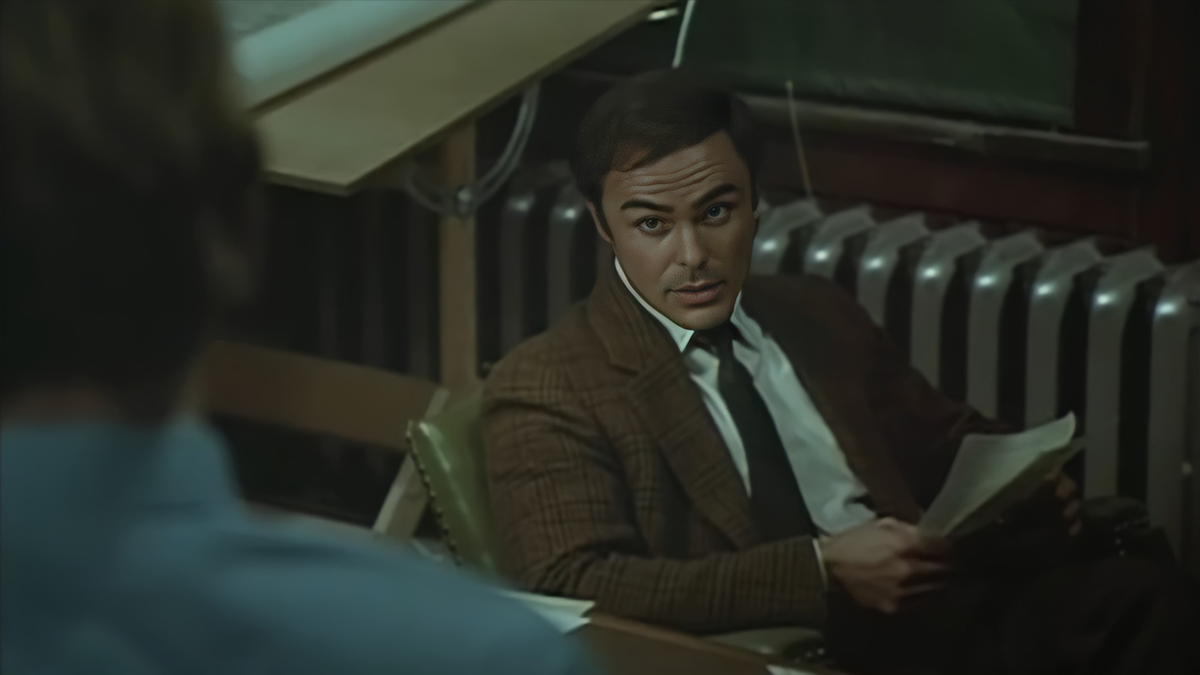5 Surprising Facts You Didn’t Know About ‘Black Christmas’

Black Christmas is the quintessential holiday horror film. It’s the gold standard by which any subsequent genre picture set during the Christmas season will be compared; much in the same way every possession movie will be judged against The Exorcist.
Director Bob Clark hit it out of the park with Black Christmas. And it’s still as effective today as it was upon its initial release in 1974. So, with the holiday season right around the corner, we thought this the perfect time to revisit a bona fide classic and speak to some lesser-known details about the film and its production. On that note, we present to you five surprising facts you probably didn’t know about Black Christmas.
The film is inspired by actual events (as well as an urban legend).
According to a featurette from the picture’s 2008 Blu-ray release, screenwriter Roy Moore was influenced by a series of murders that transpired in the Westmount section of Montreal. While the specific case is not mentioned in the mini-doc, Nick Mancuso (who plays Billy in Black Christmas) told The Daily Telegraph that the script was inspired by the case of 14-year-old George Webster, who beat his mother to death with a baseball bat in 1943.
The storyline for the film was also inspired by the urban legend about a babysitter plagued by ominous phone calls, only to discover the calls are coming from inside the house.
John Saxon was offered the role, then his part was recast.
During a Q&A session following a 2004 screening at The Nuart, John Saxon revealed that he was hired to play Lt. Fuller and then subsequently notified that an error had been made and another actor (Edmond O’Brien) had been tapped to play the role. A few days later, Saxon received a phone call saying his replacement had to back out of the picture and he was offered the part a second time.

At the same Q&A, director Bob Clark clarified that Saxon was always his first choice but he set out to recast the role when he was informed (by Saxon’s agent) that the actor wouldn’t be available during the dates of the shoot. As it turns out, Saxon’s replacement was experiencing substantial cognitive decline and was unable to continue with the project on that basis.
Black Christmas had a profound influence on John Carpenter’s Halloween.
Many years ago, John Carpenter was working on a project with Bob Clark. Carpenter asked if Clark had ever considered making a sequel to Black Christmas. Clark said he wasn’t interested in making a follow-up bit that if he did: “…it would be the next year and the guy would have actually been caught, escape from a mental institution, go back to the house, and they would start all over again. And I would call it Halloween.”
Perhaps sensing that people may get the wrong idea, Clark went on to say: “The truth is John didn’t copy Black Christmas. He wrote a script, directed the script, did the casting. Halloween is his horror movie.”
It certainly is Carpenter’s movie but it’s still interesting to think how Clark likely inspired the rough outline for what went on to be the most celebrated Halloween horror film of all time.
The film was shot in a real house, rather than on a soundstage.
In a 2017 interview with the Toronto Star, actress Lynne Griffin, who plays Claire, opened up about the home where the picture was shot: “We filmed entirely in the house. It was so cool the way it was laid out; it had every kind of wonderful potential for a horror movie,”
The actress recalls her time on set fondly, going on to say “I remember it as a very, very friendly place. That was one of the fun things about working on a project over a number of weeks, you really get to feel like those people were part of your family. Especially when you’re going to a house every day, it really starts to feel like your family home,”
John Saxon and Bob Clark couldn’t agree on the correct pronunciation of the word ‘fellatio’.
You come to Dread Central for hard-hitting journalism and that’s just what we’ve got for you here today.
During production, John Saxon and director Bob Clark disagreed about the pronunciation of the word fellatio. Saxon has recounted the ordeal in a handful of interviews. The actor believed the word was pronounced fell-ought-eee-ohh but Clark argued that the word was pronounced with a hard ‘a’ sound. As the film was shot in the ‘70s, one couldn’t simply Google the pronunciation of a word to settle a disagreement.
For anyone that hasn’t seen Black Christmas in a while, the word ‘fellatio’ comes up when Barb tells an officer at the police station that the phone number at the sorority house is Fellatio-20880, with fellatio being the exchange code. Historically, an exchange code was used to identify a specific region within a greater area code.
Categorized:Editorials Lists News

